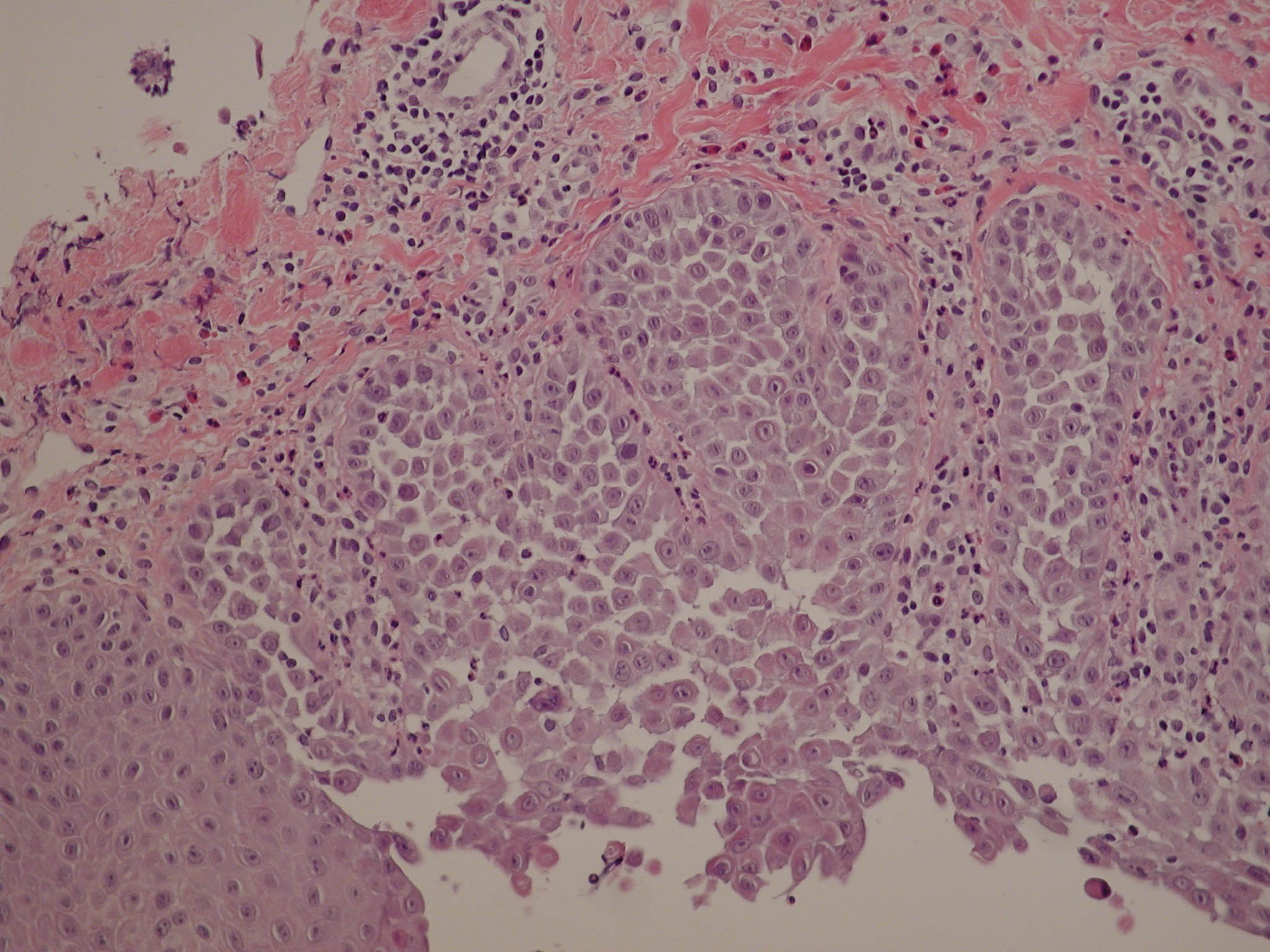Am J Physiol Cell Physiol. 2004 Sep;287(3):C580-9.
Source
Dept. of Physiology, The Johns Hopkins University School of Medicine, 725 N. Wolfe St., Baltimore, MD 21205, USA.
Abstract
The baker’s yeast Saccharomyces cerevisiae is a well-developed, versatile, and widely used model organism. It offers a compact and fully sequenced genome, tractable genetics, simple and inexpensive culturing conditions, and, importantly, a conservation of basic cellular machinery and signal transducing pathways with higher eukaryotes. In this review, we describe recent technical advances in the heterologous expression of proteins in yeast and illustrate their application to the study of the Ca(2+) homeostasis machinery, with particular emphasis on Ca(2+)-transporting ATPases. Putative Ca(2+)-ATPases in the newly sequenced genomes of organisms such as parasites, plants, and vertebrates have been investigated by functional complementation of an engineered yeast strain lacking endogenous Ca(2+) pumps. High-throughput screens of mutant phenotypes to identify side chains critical for ion transport and selectivity have facilitated structure-function analysis, and genomewide approaches may be used to dissect cellular pathways involved in Ca(2+) transport and trafficking. The utility of the yeast system is demonstrated by rapid advances in the study of the emerging family of Golgi/secretory pathway Ca(2+),Mn(2+)-ATPases (SPCA). Functional expression of human SPCA1 in yeast has provided insight into the physiology, novel biochemical characteristics, and subcellular localization of this pump. Haploinsufficiency of SPCA1 leads to Hailey-Hailey disease (HDD), a debilitating blistering disorder of the skin. Missense mutations, identified in patients with HHD, may be conveniently assessed in yeast for loss-of-function phenotypes associated with the disease.
